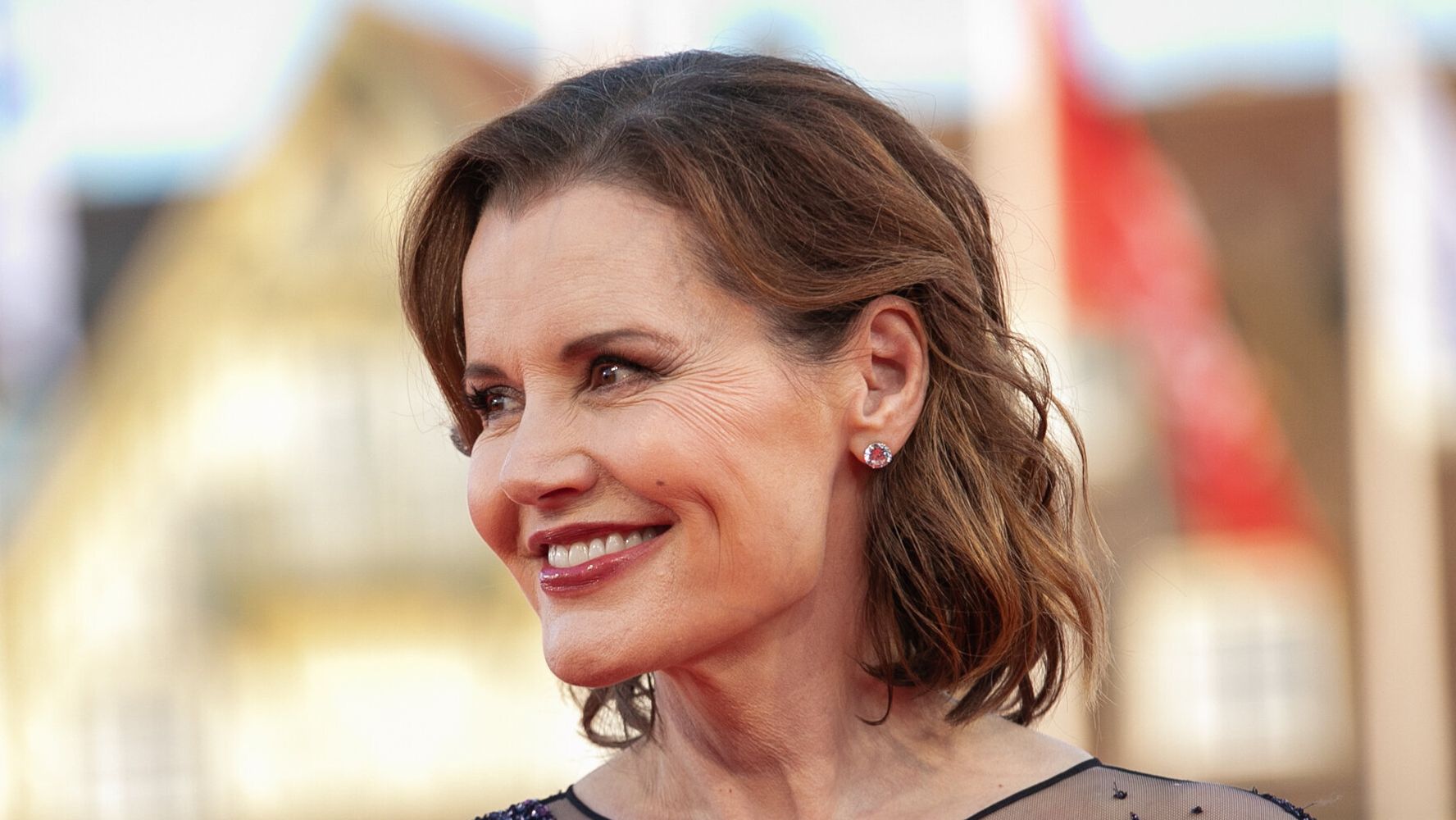[ad_1]

Actor Geena Davis has been working for years to settle debates about fair representation of women and girls on screen — particularly in children’s programming — using simple math.
Early this summer it paid off. An analysis of the numbers collected by computer software using the “GD-IQ” — Geena Davis Inclusion Quotient — revealed that women last year reached on-screen parity in the 50 most popular children’s programs.
According to an analysis of characters in those television programs, women accounted for 52% of lead or co-lead roles, The Washington Post reported. Women also accounted for just over half (50.3%) of speaking time, and 55.3% of on-screen time, according to the Geena Davis Institute on Gender and Media at Mount St. Mary’s University in Los Angeles.
“I was ecstatic,” Davis told the Post. “The goal from the very beginning was gender balance in what kids see on screen … it’s exactly what I hoped for.”
Davis said she was “stunned” to discover how poorly females were represented when she started watching preschool TV with her 2-year-old daughter 15 years ago. “The Teletubbies are actually gender-balanced,” she quipped, “but I don’t know if you can tell.”
With the help of a Google grant in 2012, University of Southern California engineers and a member of the Geena Davis Institute developed software to tote up the number of women in programs based on facial and voice recognition. The software can determine the number of women relative to men, as well as their amount of screen and speaking time in film, TV programs and ads.
The GD-IQ tool can also recognize race, but gender nonconforming roles have to be measured manually.
Davis said there’s still work to be done boosting the number of supporting female characters. And girls and women still tend to be hyper-sexualized on screen — and are consistently less funny.
Davis doesn’t believe there are enough “real-life women role models to inspire change in our culture, so we need them in fiction,” she told the Post. The good news is, as much as media images “can cause problems … they can [also] be the cure for the problems they’re creating,” she added.
REAL LIFE. REAL NEWS. REAL VOICES.
Help us tell more of the stories that matter from voices that too often remain unheard.
[ad_2]
Source link

